Increased Construction Activities
The HVAC Motors Market is benefiting from increased construction activities across various sectors, including residential, commercial, and industrial. As urbanization continues to rise, the demand for new buildings equipped with modern HVAC systems is escalating. Data indicates that the construction sector is projected to grow at a compound annual growth rate of approximately 5% over the next few years. This growth is expected to drive the demand for HVAC systems, consequently boosting the need for efficient motors. As a result, manufacturers are focusing on producing motors that cater to the specific requirements of new construction projects, thereby enhancing their market presence in the HVAC Motors Market.
Growing Awareness of Indoor Air Quality
The growing awareness of indoor air quality is emerging as a crucial driver in the HVAC Motors Market. As individuals become more conscious of the health implications associated with poor air quality, there is an increasing demand for HVAC systems that can effectively filter and circulate air. This trend is particularly evident in commercial spaces, where regulations regarding air quality are becoming more stringent. Consequently, manufacturers are focusing on developing motors that enhance the performance of air filtration systems, thereby improving overall indoor air quality. This heightened focus on health and safety is likely to sustain growth in the HVAC Motors Market.
Technological Advancements in Motor Design
Technological advancements are playing a pivotal role in shaping the HVAC Motors Market. Innovations such as brushless DC motors and variable speed drives are enhancing the performance and efficiency of HVAC systems. These advanced motor designs offer improved reliability, reduced maintenance costs, and better energy management. For instance, the integration of variable speed technology allows motors to adjust their speed based on real-time demand, leading to significant energy savings. As these technologies become more prevalent, they are likely to attract investments and foster competition among manufacturers, further propelling the HVAC Motors Market.
Regulatory Support for Sustainable Practices
Regulatory support for sustainable practices is significantly influencing the HVAC Motors Market. Governments worldwide are implementing stringent regulations aimed at promoting energy efficiency and reducing greenhouse gas emissions. These regulations often mandate the use of energy-efficient motors in HVAC systems, creating a favorable environment for manufacturers. For example, initiatives such as tax incentives for energy-efficient upgrades are encouraging businesses to invest in modern HVAC solutions. This regulatory landscape not only drives demand for HVAC motors Market but also compels manufacturers to innovate and comply with evolving standards, thereby shaping the future of the HVAC Motors Market.
Rising Demand for Energy-Efficient Solutions
The HVAC Motors Market is experiencing a notable surge in demand for energy-efficient solutions. As consumers and businesses alike become increasingly aware of energy consumption and its associated costs, the preference for energy-efficient HVAC systems has intensified. According to recent data, energy-efficient motors can reduce energy consumption by up to 30% compared to traditional models. This shift not only lowers operational costs but also aligns with regulatory mandates aimed at reducing carbon footprints. Consequently, manufacturers are compelled to innovate and develop advanced motor technologies that meet these energy efficiency standards, thereby driving growth in the HVAC Motors Market.
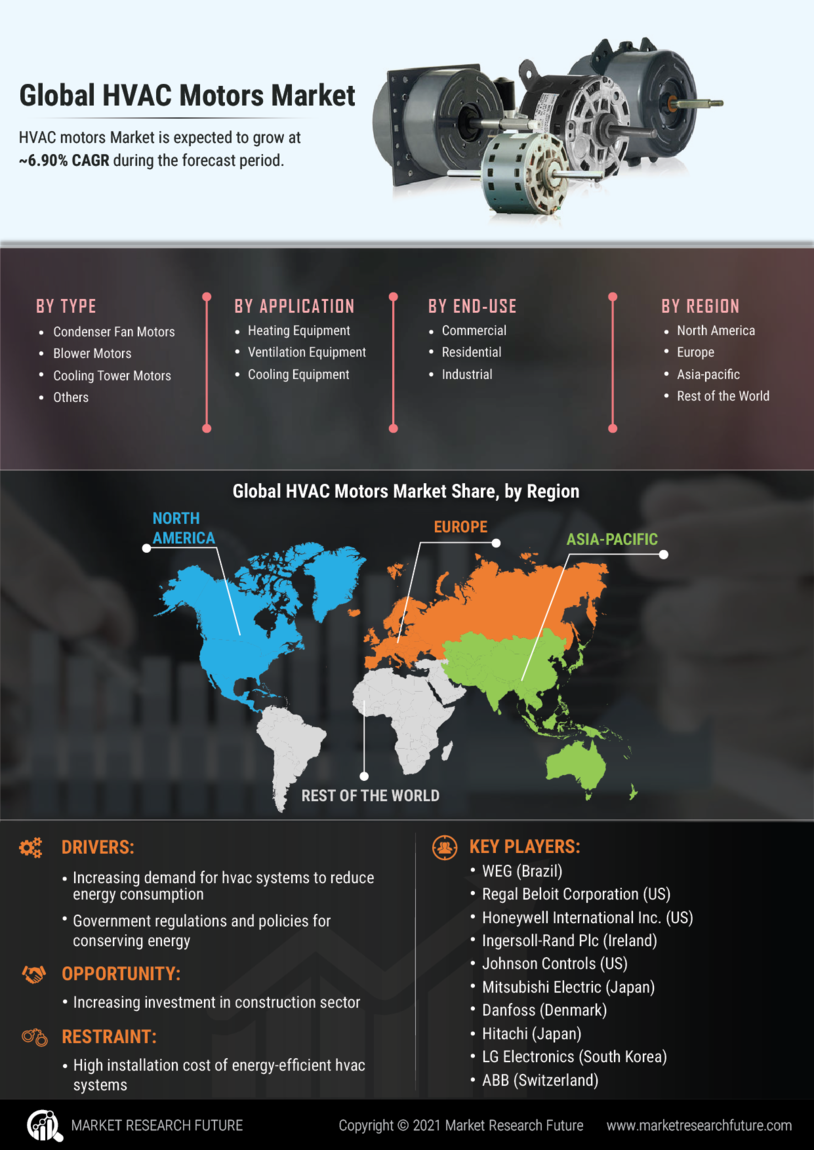

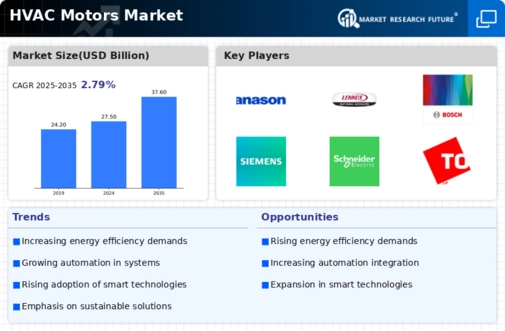
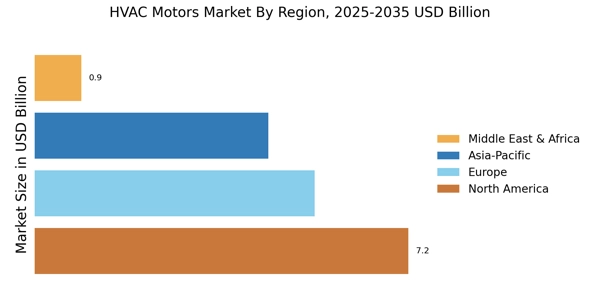

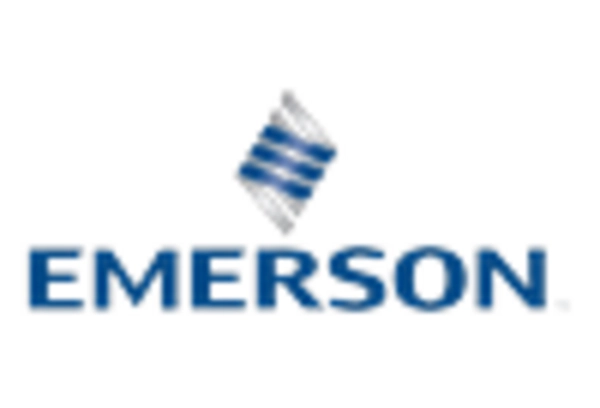

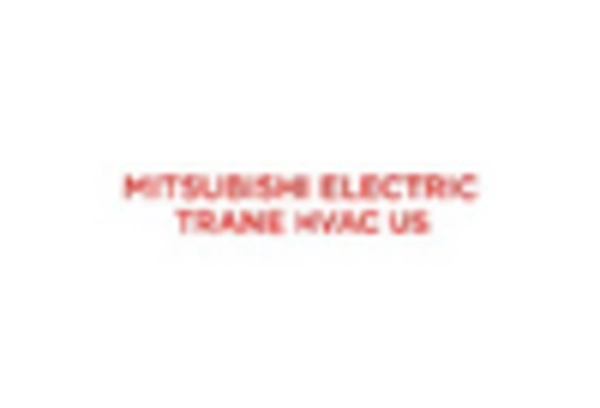










Leave a Comment